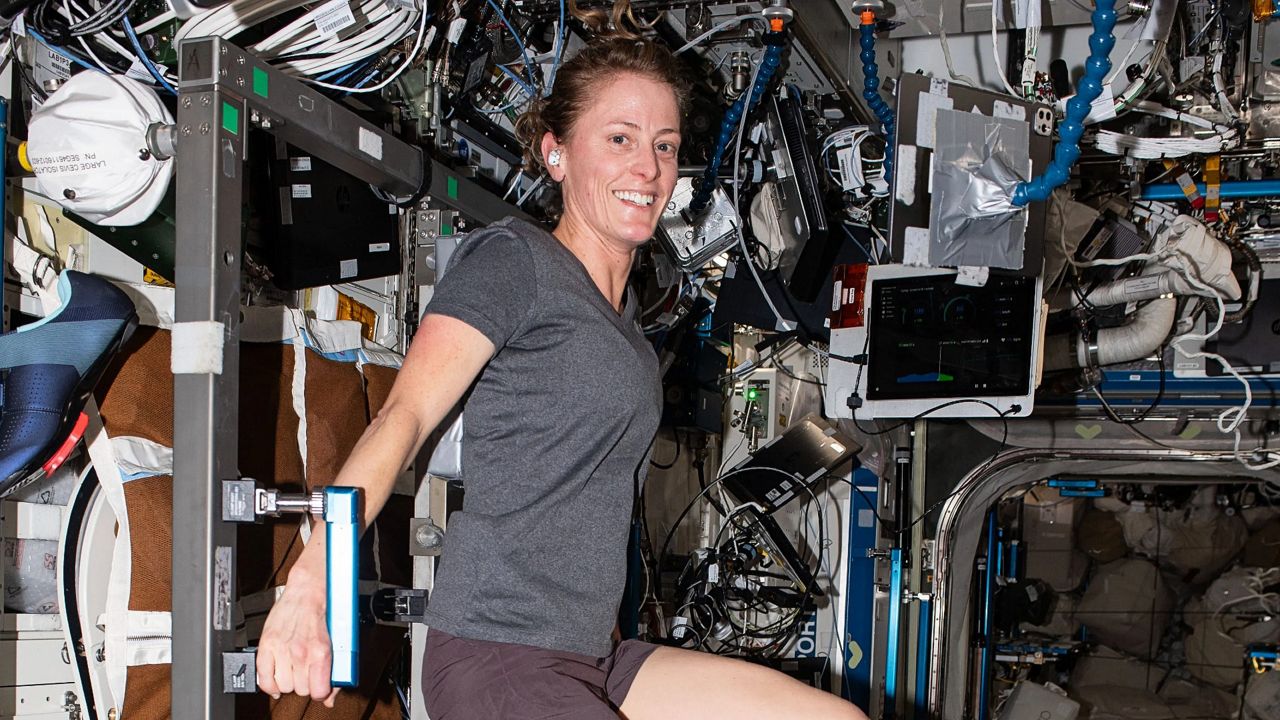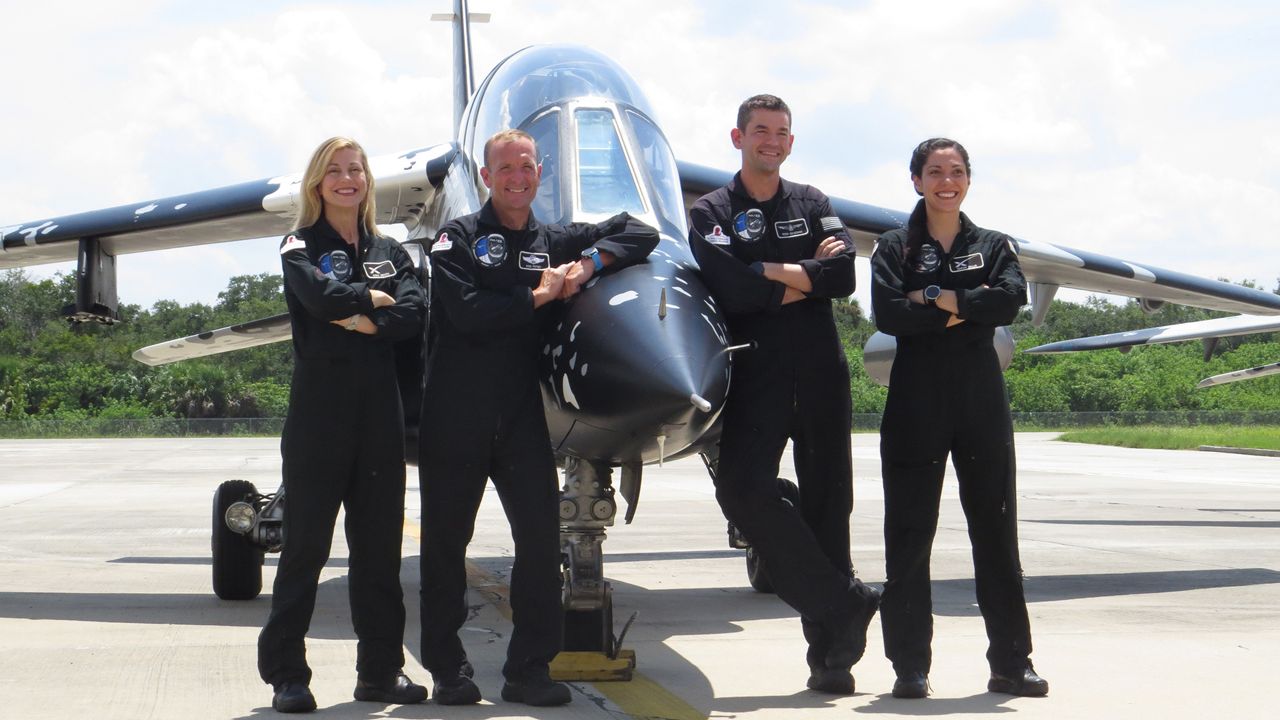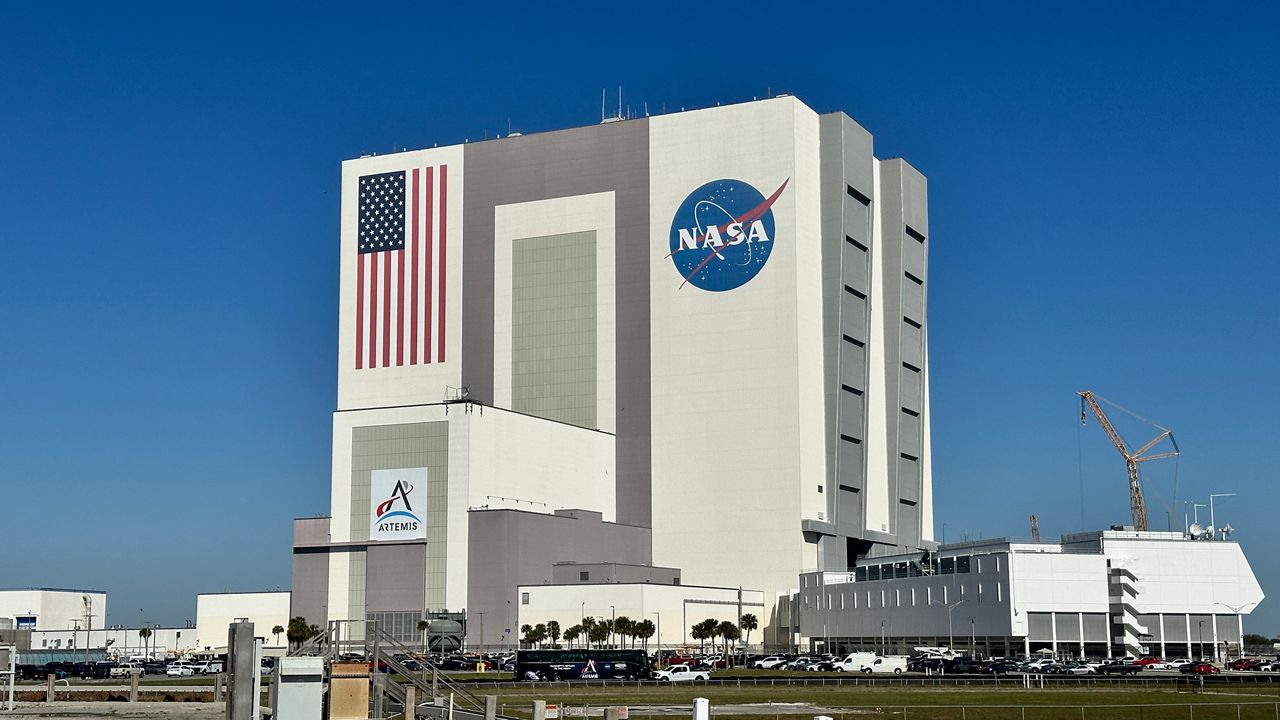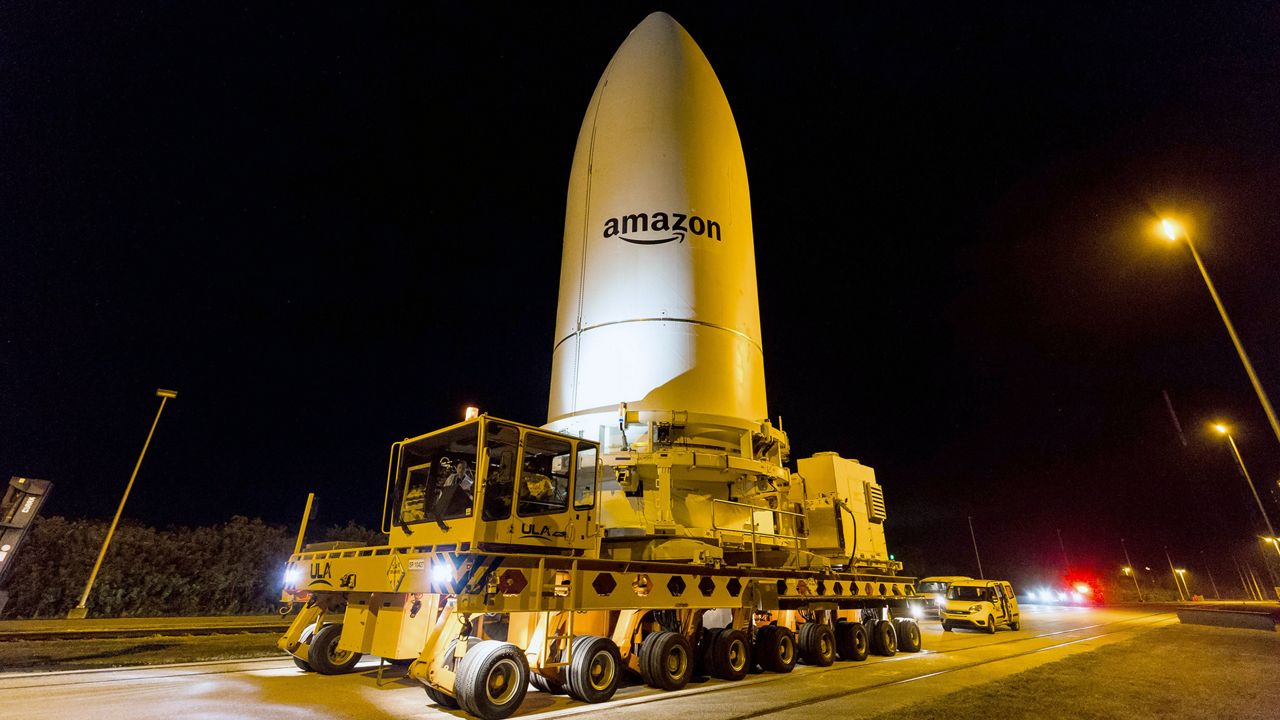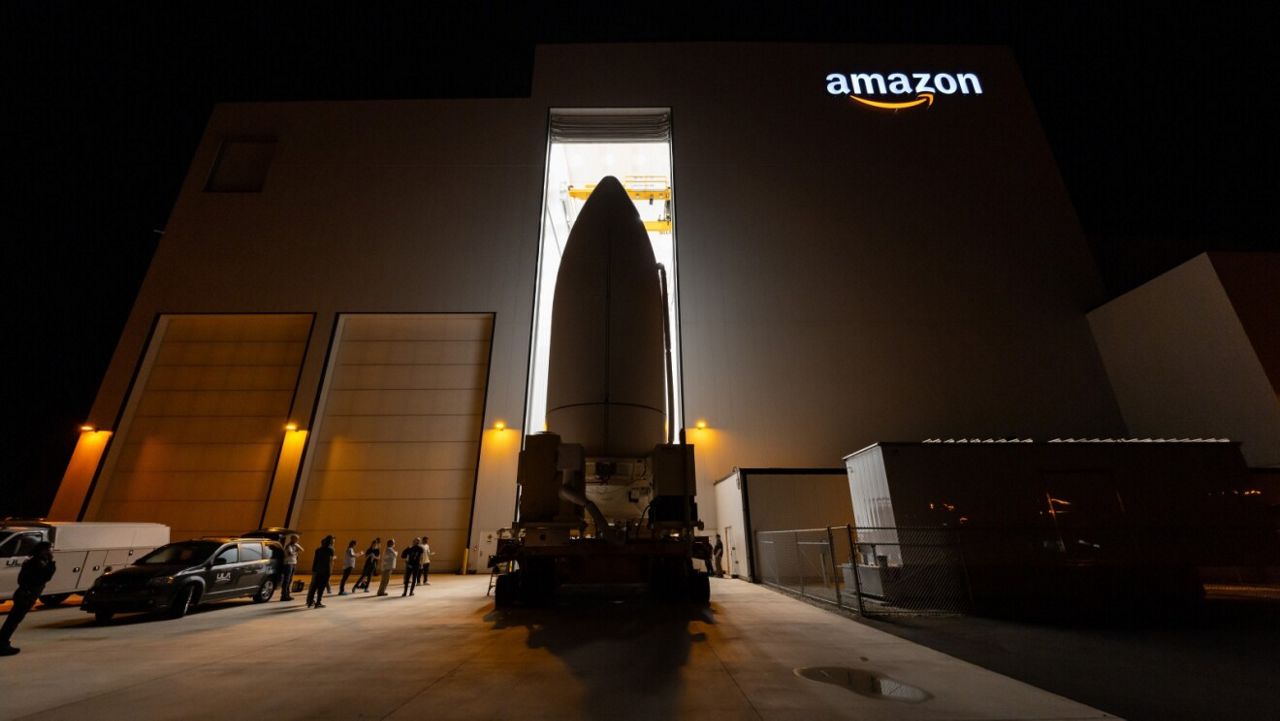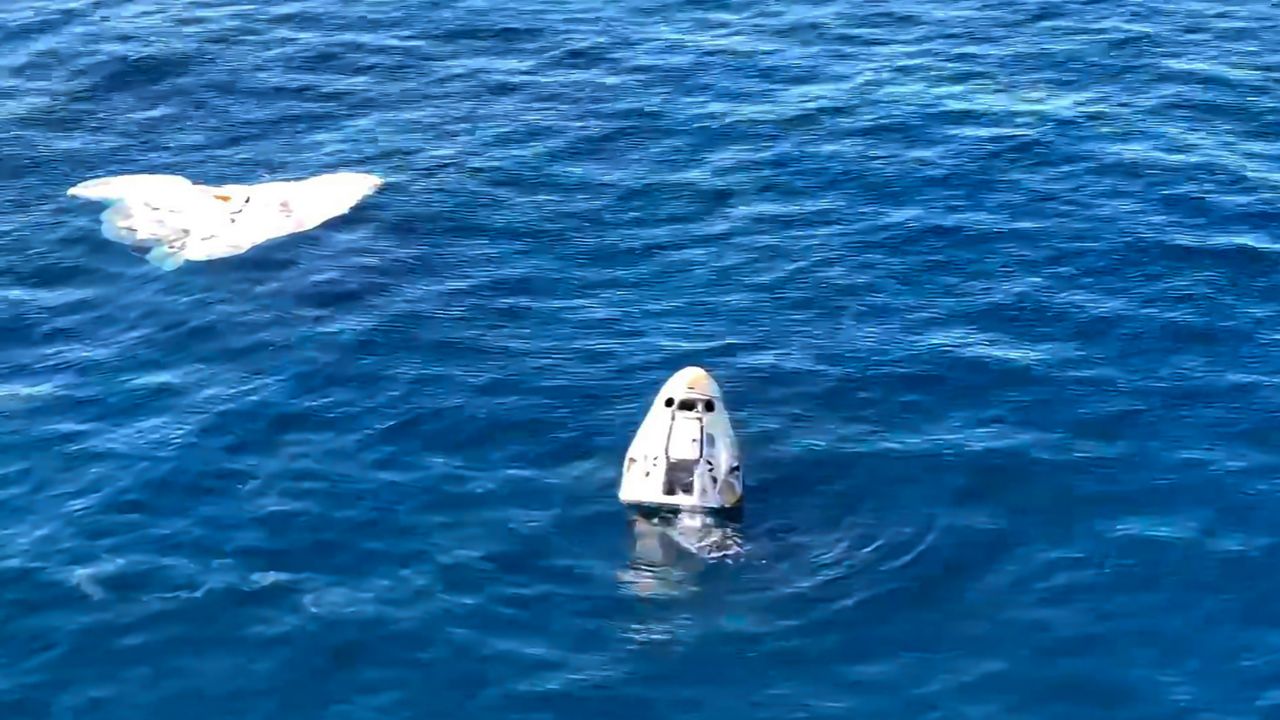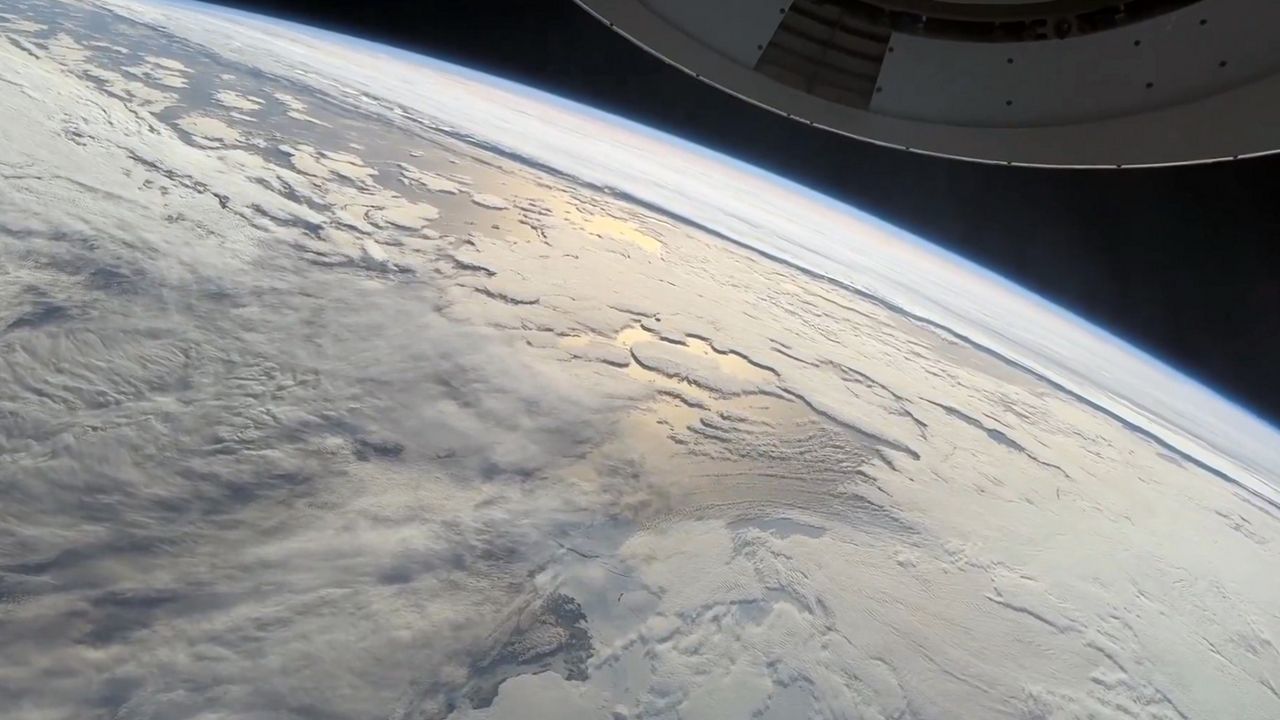BREVARD COUNTY, Fla. — As commercial space missions are becoming more and more common, a University of Central Florida professor shared the importance of space health and medicine.
What You Need To Know
- Dr. Emmanuel Urquieta talks about the importance of space medicine
- Space medicine includes radiation exposure, microgravity’s impact on the muscles and skeleton
- There have not been enough people who have been to space to fully understand the affects on the human body
- Astronaut Loral O’Hara explains her part in the CIPHER project
Space health and medicine tackle such concerns as:
- Radiation exposure
- Microgravity’s impact on the muscles and skeleton, such as bone loss
- Eye health
- Motion sickness
Medical experts have been conducting various experiments to understand the effects of space travel and ways to counter them.
However, Dr. Emmanuel Urquieta, vice chairman of UCF’s Aerospace Medicine and associate professor of medicine, said that space medicine is even more important now as commercial and private missions are becoming more routine, such as the Polaris Dawn’s civilian mission or when Blue Origin sends up paying customers to break the Kármán line to become astronauts — as these operations are far different from NASA’s, medically speaking.
For example, NASA has health standards for its astronauts as they need to meet a health requirement, plus training, before going to space.
However, there is no U.S. agency that requires prerequisites for commercial or civilian astronauts.
“Right now, on commercial spaceflight is very different because the missions change one after the other one. Sometimes you’re going to have one mission that is going to orbit the earth for three days. You know, the next year you may have one that goes to the space station. The next year you may have one that now you’re going to do an extracurricular activity, you know? People going on a spacewalk. So each of them, the medical risk and the things that you have to look for from medical perspective are very different,” Urquieta said.
He also said that there are different body types and medical conditions from person to person relating to commercial space flights. For example, not everyone will have heart disease.
However, Urquieta said he believes that eventually, there will be enough people who have been to space so doctors can make a good diagnosis based on body type if something should come up.
“But I think that, at one point, we will have enough people going to space with, with, with a broad variety of medical conditions. And if we keep track of all of these, there’ll be a really good body of evidence on how to deal with, with a similar person, with similar medical conditions, going to a similar mission in the future,” explained Urquieta, the chief medical officer of the NASA-funded Translational Research Institute for Space Health, which is led by the Baylor College of Medicine.
Right now, there have not been enough people who have been in space to form a consensus of what exactly happens to the human body or how to treat medical conditions that have come up, Urquieta and other experts have said.
An estimated 645 people have been to space since Yuri Gagarin became the first human to orbit the Earth in 1961, which started the Space Race. These people not only include astronauts from such space agencies as NASA or Japan Aerospace Exploration Agency, but also civilian missions like Inspiration4.
Understanding the changes to the human body in space
That is why NASA and other space agencies and missions, like the civilian Polaris Dawn, do a lot of medical experiments on astronauts to help better understand how the human body reacts to microgravity.
NASA astronaut Loral O’Hara explained to Spectrum News about being the first test subject of the CIPHER project during her more than six months onboard the International Space Station in 2024.
CIPHER is designed to help experts understand what the human body goes through during its time in space. Astronauts can sign up to be a part of CIPHER, where they can participate in different studies while onboard the ISS.
“One of the benefits of (the) space station is that it is gives us this research laboratory where we can study the effects of microgravity and spaceflight on the human body in preparation for longer missions to the moon and eventually Mars,” she said.
When O’Hara took part in her CIPHER experiments, it started before she left the ground, where her bones, organs and muscles were measured.
Then, while she was onboard the space station, those measurements were taken again several times to see how her bones and muscles changed during the six months in space. She was even hooked up to equipment that measured the pressure inside her eyeballs.
“And it looks crazy because one of my crewmates stretches them across my eyes and so I have all of these cables running all over my head and it looks kind of sci-fi-ish,” she said.
Urquieta said the CIPHER program is an example of how integrating the different aspects of space medicine is significant, and this ties in with how important it is to have more people in space to better understand the impacts on the human body.
“And that’s what really helps us to increase the sample size, right? Because if you think of how many humans have gone into space, like (up to) 700 humans, right, in 60 years, so that’s not a lot when you compare it to a clinical trial or something,” he said.
When it comes to studying the human body in space, NASA had a unique opportunity back in 2015, when the space agency used twin astronauts for a nearly yearlong study. Scott Kelly spent 340 days in space while his brother Mark Kelly stayed on Earth.
The benefits of space medicine
Medical experts said theyy hope to discover ways to treat astronauts that can also be used on Earth. For example, joint and muscle pain due to being in microgravity for so long can be used for people who experience inflammatory pain.
Some benefits of space medicine have been used on Earth, Urquieta said. One of the benefits is the form of telemedicine, which became popular during the COVID-19 pandemic. People can download a telemedicine app on their smartphone and speak with a doctor about a health issue, get diagnosed and prescribed medication.
Urquieta said this came about through NASA.
“And the example that I always give is telemedicine, right? That was developed initially for NASA. And you cannot, you know, if someone on the space station, they have a medical problem, you cannot fly them back to Earth to see their doctor or you cannot fly the doctor to that station to see the patient. So, you know, this was developed decades ago and all of us took advantage of that during that pandemic,” he said.
The future of space medicine
Urquieta took the time to share what he envisions the future of space medicine to be like and the importance that preventive treatment will have, especially with the Artemis mission where people will return to the moon.




